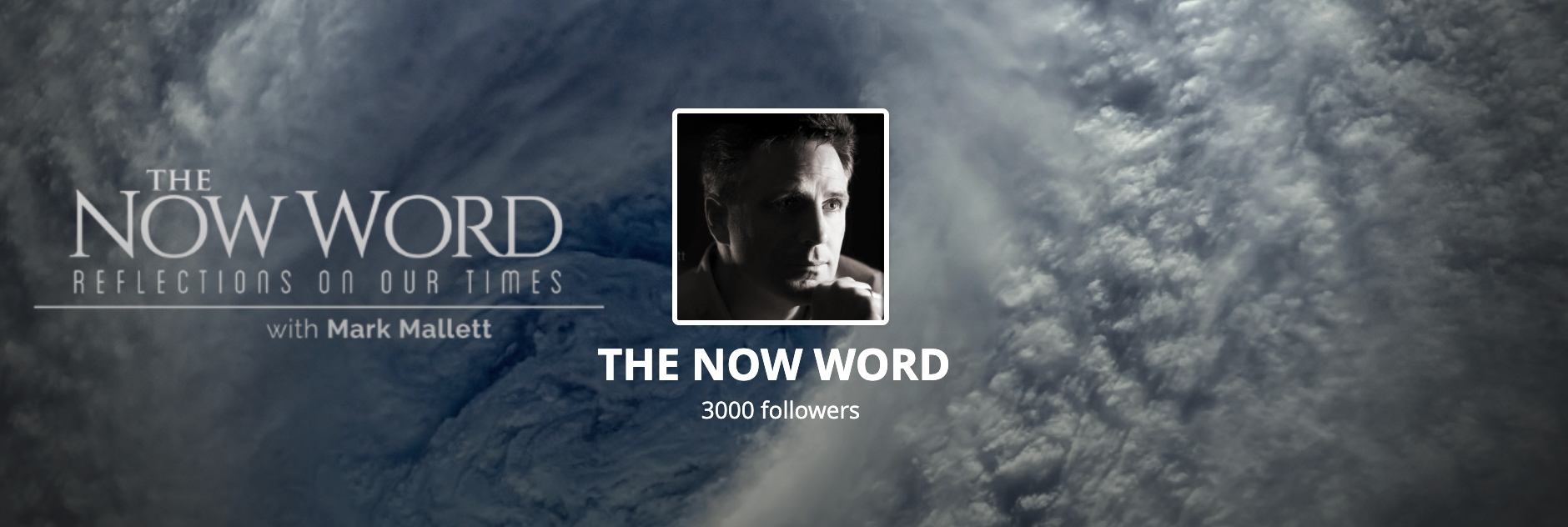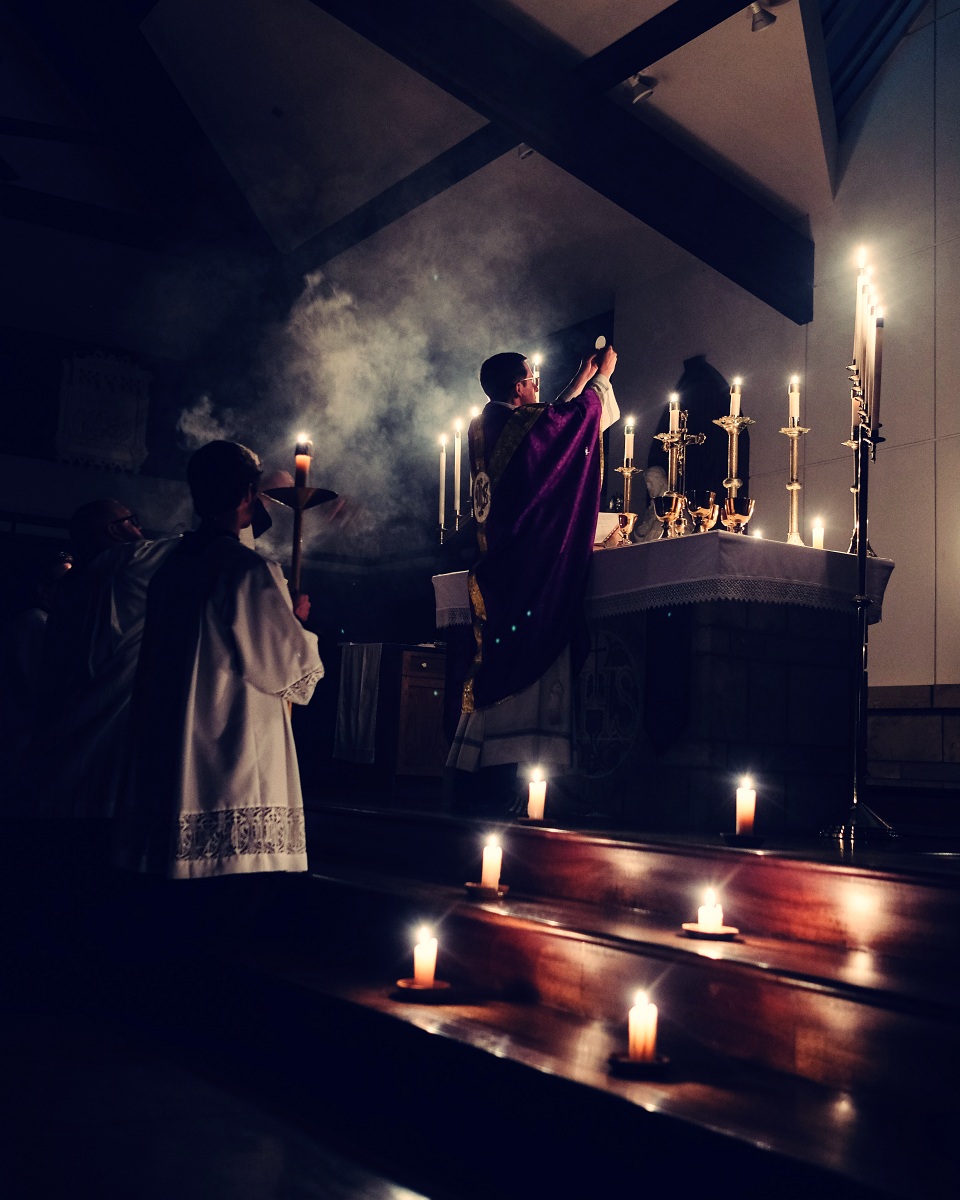
…each particular Church must be in accord with the universal Church
not only regarding the doctrine of the faith and sacramental signs,
but also as to the usages universally received from apostolic and unbroken tradition.
These are to be observed not only so that errors may be avoided,
but also that the faith may be handed on in its integrity,
since the Church’s rule of prayer (lex orandi) corresponds
to her rule of faith (lex credendi).
—General Instruction of the Roman Missal, 3rd ed., 2002, 397
IT might seem odd that I am writing about the unfolding crisis over the Latin Mass. The reason is that I have never attended a regular Tridentine liturgy in my life.[1]I did attend a Tridentine rite wedding, but the priest didn’t seem to know what he was doing and the whole liturgy was scattered and odd. But that’s exactly why I am a neutral observer with hopefully something helpful to add to the conversation…
For those who are not up to speed, here is the short of it. In 2007, Pope Benedict XVI issued the Apostolic Letter Summorum Pontificum in which he made the celebration of the traditional Latin Mass much more easily available for the faithful. He stated that permission to celebrate both the current revised Mass (Ordo Missae) and/or the Latin liturgy was in no way divisive.
These two expressions of the Church’s lex orandi will in no way lead to a division in the Church’s lex credendi (rule of faith); for they are two usages of the one Roman rite. —Art. 1, Summorum Pontificum
However, Pope Francis has expressed a decidedly different view. He has been steadily reversing Benedict’s Motu Proprio ‘in an effort to ensure that liturgical reform is “irreversible”.'[2]ncronline.com On July 16th, 2021, Francis issued his own document, Traditionis Custodes, in order to quell what he perceives as a divisive movement in the Church. Now, priests and bishops must once again seek permission from the Holy See itself to celebrate the ancient rite — a Holy See increasingly and rigidly against it.
Francis said he was “saddened” that the use of the old Mass “is often characterized by a rejection not only of the liturgical reform, but of the Vatican Council II itself, claiming, with unfounded and unsustainable assertions, that it betrayed the Tradition and the ‘true Church.'” —National Catholic Reporter, July 16th, 2021
Perspectives
When I began my music ministry in the mid-90’s, one of the first things I did was review Second Vatican Council documents on the Church’s vision for music during the Mass. I was surprised to find that much of what we were doing at the liturgy was never stated in the documents — quite the opposite. Vatican II actually called for the preservation of sacred music, chant, and the use of Latin during the Mass. Neither could I find any decree suggesting that the priest could not face the altar ad orientum, that Communion rails should cease, or that the Eucharist should not be received on the tongue. Why were our parishes ignoring this, I wondered?
I was also dismayed to see how our Roman churches were increasingly built with little beauty compared to the ornate churches I occasionally attended in the eastern rites (when visiting my Baba, we would attend the Ukrainian Catholic Church). I would later hear priests tell me how in some parishes, after Vatican II, 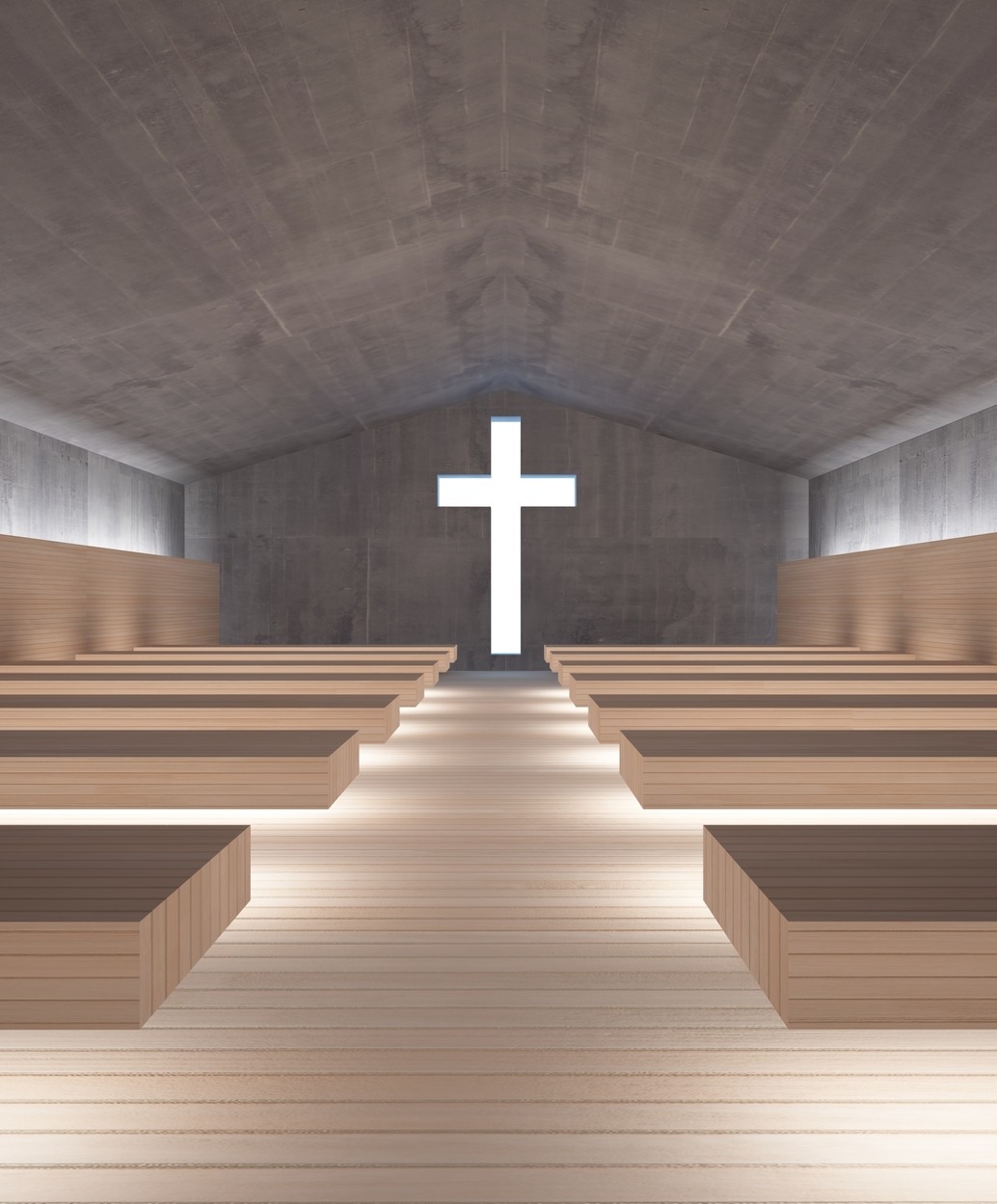 statues were smashed, icons removed, high altars chainsawed, Communion rails yanked, incense snuffed out, ornate vestments mothballed, and sacred music secularized. “What the Communists did in our churches by force,” some immigrants from Russia and Poland observed, “is what you’re doing yourselves!” Several priests also recounted to me how rampant homosexuality in their seminaries, liberal theology, and hostility toward traditional teaching caused many zealous young men to lose their faith altogether. In a word, everything surrounding, and including the liturgy, was being undermined. I repeat, if this was the “liturgical reform” intended by the Church, it certainly wasn’t in Vatican II documents.
statues were smashed, icons removed, high altars chainsawed, Communion rails yanked, incense snuffed out, ornate vestments mothballed, and sacred music secularized. “What the Communists did in our churches by force,” some immigrants from Russia and Poland observed, “is what you’re doing yourselves!” Several priests also recounted to me how rampant homosexuality in their seminaries, liberal theology, and hostility toward traditional teaching caused many zealous young men to lose their faith altogether. In a word, everything surrounding, and including the liturgy, was being undermined. I repeat, if this was the “liturgical reform” intended by the Church, it certainly wasn’t in Vatican II documents.
Scholar, Louis Bouyer, was one of the orthodox leaders of the liturgical movement before the Second Vatican Council. In the wake of an explosion of liturgical abuses after the council, he gave this stark appraisal:
We must speak plainly: there is practically no liturgy worthy of the name today in the Catholic Church… Perhaps in no other area is there a greater distance (and even formal opposition) between what the Council worked out and what we actually have… —from The Desolate City, Revolution in the Catholic Church, Anne Roche Muggeridge, p. 126
Summarizing the thought of Cardinal Joseph Ratzinger, the future Pope Benedict, Cardinal Avery Dulles notes that, at first, Ratzinger was very positive about ‘the efforts to overcome the isolation of the priest celebrant and to foster active participation by the congregation. He agrees with the constitution on the need to attach greater importance to the word of God in Scripture and in proclamation. He is pleased by the constitution’s provision for Holy Communion to be distributed under both species [like the eastern rites] and… the use of the vernacular. “The wall of Latinity,” he wrote, “had to be breached if the liturgy were again to function either as proclamation or as invitation to prayer.” He also approved of the council’s call to recover the simplicity of the early liturgies and remove superfluous medieval accretions.'[3]“From Ratzinger to Benedict”, First Things, February 2002
In a nutshell, that too, is why I believe the revision of the Mass in the twentieth century was not without warrant in a world increasingly assaulted by the “word” of mass media and that was hostile to the Gospel. It was also a generation with a decidedly shortening attention-span with the advent of the cinema,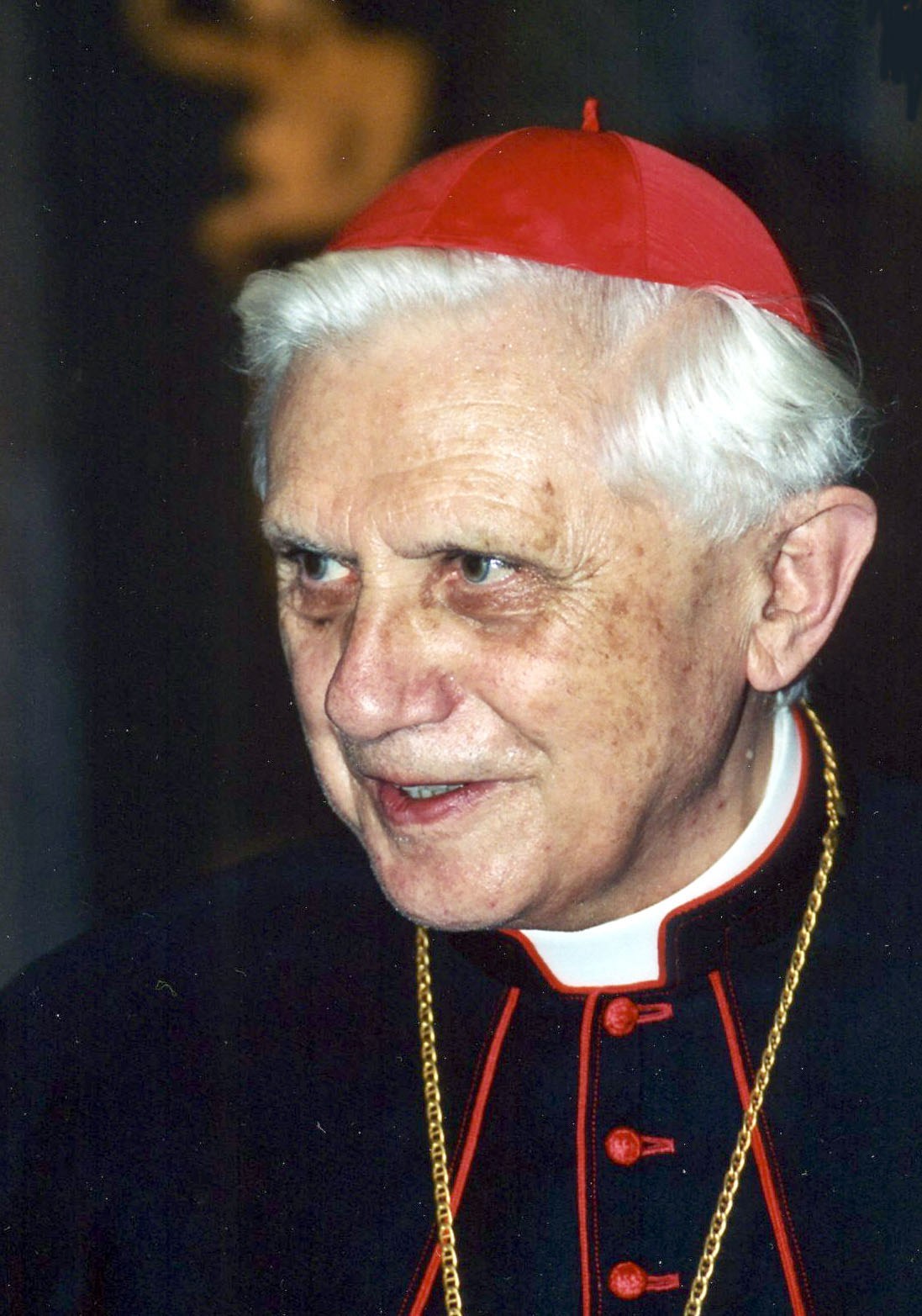 television and, soon, the Internet. However, continues Cardinal Dulles, “In subsequent writings as a cardinal, Ratzinger seeks to dispel current misinterpretations. The council fathers, he insists, had no intention of initiating a liturgical revolution. They intended to introduce a moderate use of the vernacular alongside of the Latin, but had no thought of eliminating Latin, which remains the official language of the Roman rite. In calling for active participation, the council did not mean incessant commotion of speaking, singing, reading, and shaking hands; prayerful silence could be an especially deep manner of personal participation. He particularly regrets the disappearance of traditional sacred music, contrary to the intention of the council. Nor did the council wish to initiate a period of feverish liturgical experimentation and creativity. It strictly forbade both priests and laity to change the rubrics on their own authority.’
television and, soon, the Internet. However, continues Cardinal Dulles, “In subsequent writings as a cardinal, Ratzinger seeks to dispel current misinterpretations. The council fathers, he insists, had no intention of initiating a liturgical revolution. They intended to introduce a moderate use of the vernacular alongside of the Latin, but had no thought of eliminating Latin, which remains the official language of the Roman rite. In calling for active participation, the council did not mean incessant commotion of speaking, singing, reading, and shaking hands; prayerful silence could be an especially deep manner of personal participation. He particularly regrets the disappearance of traditional sacred music, contrary to the intention of the council. Nor did the council wish to initiate a period of feverish liturgical experimentation and creativity. It strictly forbade both priests and laity to change the rubrics on their own authority.’
At this point, I simply want to cry. Because I feel that our generation has been robbed of the beauty of the Sacred Liturgy — and many don’t even know it. This is why I totally sympathize with friends, readers, and family who love the Latin Mass. I don’t attend the Tridentine liturgy for the simple reason that it’s never been available where I live (though, again, I have taken in the Ukrainian and Byzantine liturgies at times over the years, which are more ancient rites and just as sublime. And of course, I don’t live in a vacuum: I have read the prayers of the Latin Mass, the changes that have been made, and seen numerous videos, etc. of this rite). But I know intuitively that it is good, holy, and as Benedict XVI affirmed, part of our Sacred Tradition and the “one Roman missal.”
Part of the inspired genius of the Catholic Church over the centuries has been its keen sense of art and, really, high theatre: incense, candles, robes, vaulted ceilings, stained-glass windows, and transcendent music. To this very day, the 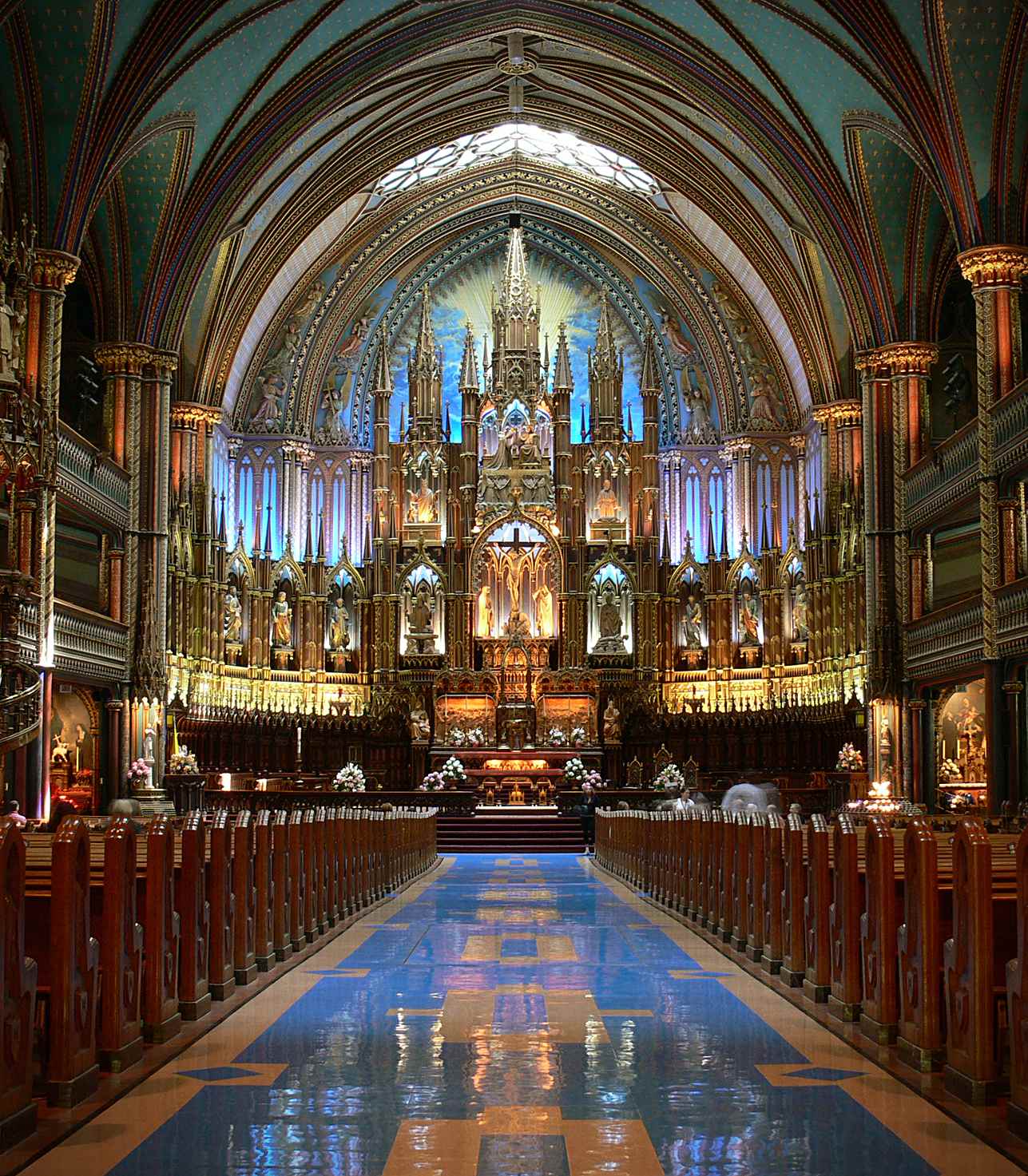 world remains drawn to our ancient churches for their extraordinary beauty precisely because this sacred display is, itself, a mystical language. Case in point: my former music producer, not a particularly religious man and who has since passed on, visited Notre Dame in Paris some years ago. When he returned, he told me: “When we walked into the church, I knew something was going on here.” That “something” is a sacred language that points to God, a language that has been horribly deformed over the past fifty years by a true and insidious revolution rather than a revision of the Holy Mass to make it a more suitable “invitation to prayer.”
world remains drawn to our ancient churches for their extraordinary beauty precisely because this sacred display is, itself, a mystical language. Case in point: my former music producer, not a particularly religious man and who has since passed on, visited Notre Dame in Paris some years ago. When he returned, he told me: “When we walked into the church, I knew something was going on here.” That “something” is a sacred language that points to God, a language that has been horribly deformed over the past fifty years by a true and insidious revolution rather than a revision of the Holy Mass to make it a more suitable “invitation to prayer.”
It’s precisely this damage to the Mass, however, that has created a response at times that truly has been divisive. For whatever reason, I have been on the receiving end of the most radical element of so-called “traditionalists” who have been damaging in their own right. I wrote about this in On Weaponizing the Mass. While these individuals do not represent the authentic and noble movement of those who want to recover and restore what should never have been lost, they have done immense damage by completely rejecting Vatican II, mocking faithful priests and laity who pray the Ordo Missae, and in the extreme, casting doubt on the legitimacy of the papacy. No doubt, Pope Francis is attuned primarily to these dangerous sects that are indeed divisive and who inadvertently have caused damage to their cause and the Latin liturgy.
Ironically, while Francis is fully within his right to steer the liturgical reform of the Church, his wholesale grouping of radicals with sincere worshipers, and now, the suppression of the Latin Mass, is creating new and painful divisions in itself since many have come to love and grow in the ancient Mass since Benedict’s Motu Proprio.
A Surprise Mass
In that light, I want to humbly suggest a possible compromise to this dilemma. Since I am neither a priest nor a bishop, I can only share an experience with you that, hopefully, will inspire.
Two years ago, I was invited to a Mass in Saskatoon, Canada that, in my opinion, was precisely the fulfillment of the authentic vision of Vatican II’s reform. It 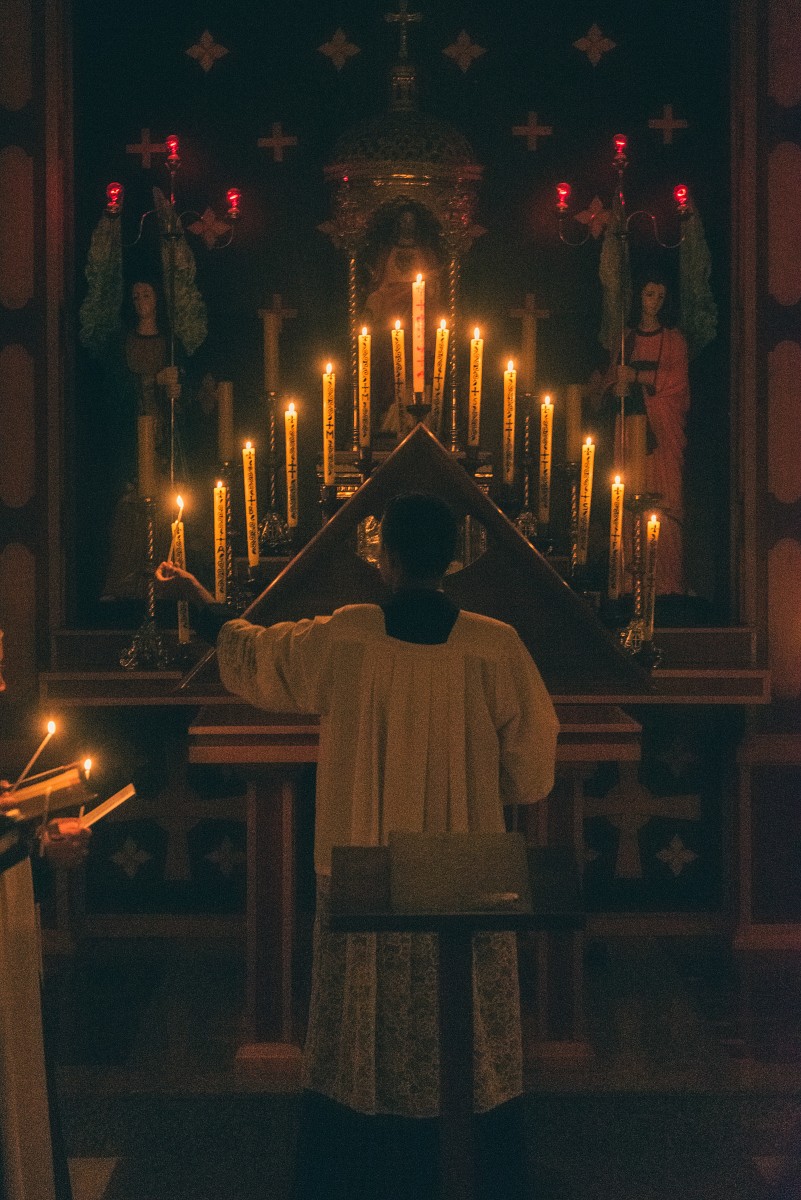 was the novus Ordae Missae being said, but the priest prayed it alternatively in English and Latin. He was facing the altar as incense billowed nearby, its smoke passing through the light of numerous candles. The music and Mass parts were all sung in Latin by a beautiful choir sitting in the balcony above us. The readings were in the vernacular, as was the moving homily given by our bishop.
was the novus Ordae Missae being said, but the priest prayed it alternatively in English and Latin. He was facing the altar as incense billowed nearby, its smoke passing through the light of numerous candles. The music and Mass parts were all sung in Latin by a beautiful choir sitting in the balcony above us. The readings were in the vernacular, as was the moving homily given by our bishop.
I can’t explain it, but I was overcome with emotion from the very first moments of the opening hymn. The Holy Spirit was so present, so powerful… it was a profoundly reverent and beautiful liturgy… and tears ran down my cheek the entire time. It was, I believe, exactly what the Council Fathers intended — at least some of them.
Now, it is impossible at this point for priests to oppose the Holy Father on this matter regarding the Tridentine rite. It is within Francis’s purview to set the guidelines on the celebration of the liturgy as the Supreme Pontiff. It is also clear that he is doing so in order to continue the work of the Second Vatican Council. So, join this work! As you just read above, there is nothing in the rubrics of the Mass saying that a priest cannot face the altar, cannot use Latin, cannot use an altar rail, incense, chant, etc.. Indeed, Vatican II’s documents explicitly demand this and the rubrics support it. A bishop is on very shaky ground to oppose this — even if “collegiality” is pressuring him to. But here, priests have to be “shrewd as serpents and simple as doves.”[4]Matt 10:16 I know several clergymen who are quietly re-implementing the authentic vision of Vatican II — and creating truly beautiful liturgies in the process.
Persecution is already here
Finally, I know that many of you are living in communities where the Mass is currently a shipwreck and that attending the Latin rite has been a lifeline for you. To lose this is very painful. The temptation to let this fester into a bitter division against the Pope and bishops is no doubt present for some. But there is another way to understand what is happening. We are in the midst of growing persecution by our perennial foe, Satan. We are watching the spectre of Communism spread across the entire planet in a new and even more deceptive form. See this persecution for what it is and that, sometimes, it comes from within the Church itself as a fruit of sin.
The suffering of the church also comes from within the church, because sin exists in the church. This too has always been known, but today we see it in a really terrifying way. The greatest persecution of the church doesn’t come from enemies on the outside, but is born in sin within the church. The church thus has a deep need to re-learn penance, to accept purification, to learn on one hand forgiveness but also the necessity of justice. —POPE BENEDICT XVI, May 12th, 2021; papal interview on flight
In fact, I want to close again with a “now word” that came to me several years ago while driving one day to Confession. As a result of the spirit of compromise that has entered the Church, a persecution will swallow up the Church’s temporal glory. I was overcome with incredible sadness that all the beauty of the Church—her art, her chants, her ornamentation, her incense, her candles, etc.—must all go down into the tomb; that persecution is coming that will take all this away so that we will have nothing left, but Jesus.[5]cf. Prophecy at Rome I came home and wrote this short poem:
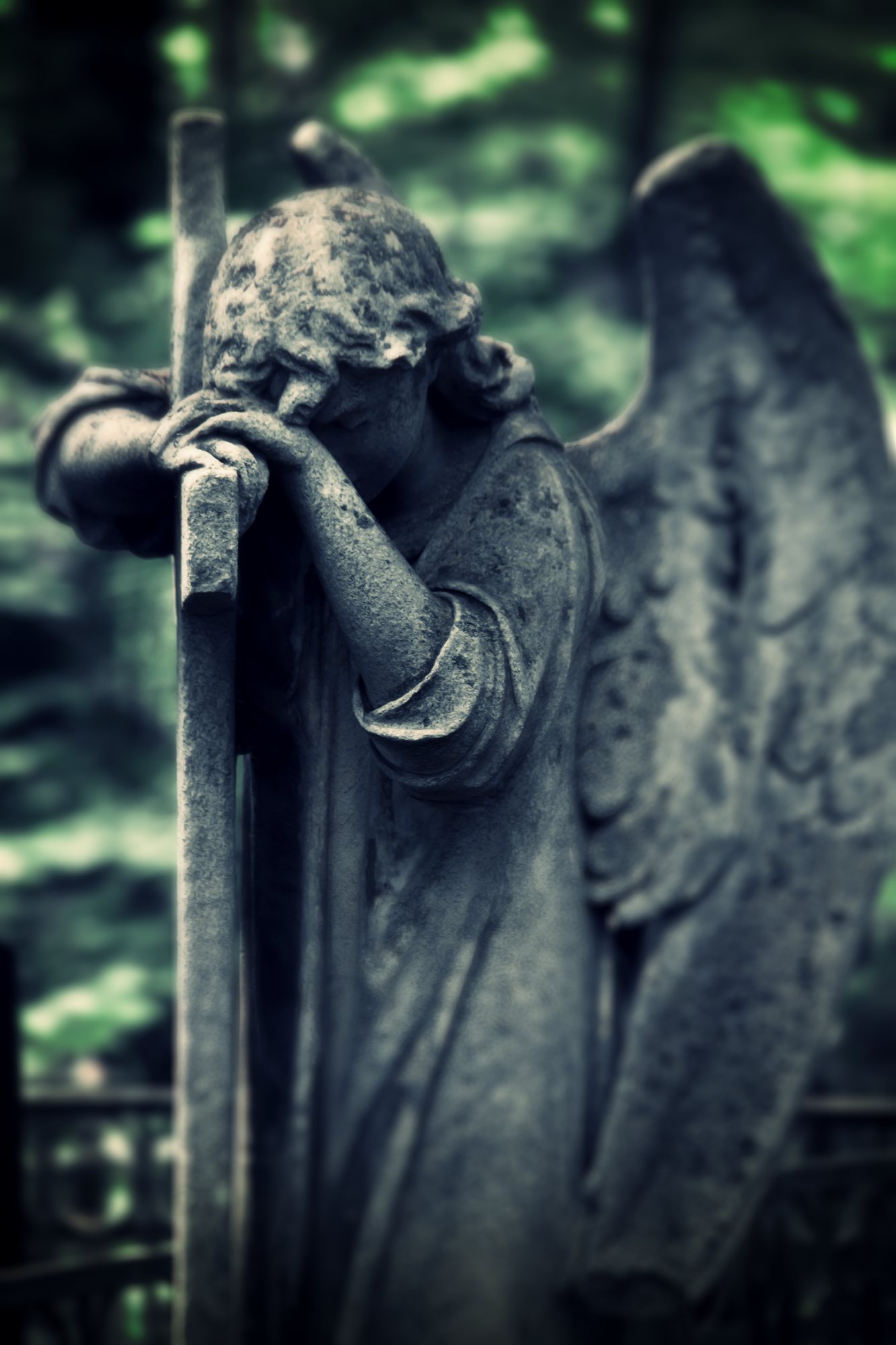
WEEP, O children of men! Weep for all that is good, and true, and beautiful. Weep for all that must go down to the tomb, your icons and chants, your walls and steeples.
Weep, O children of men! For all that is good, and true, and beautiful. Weep for all that must go down to the Sepulcher, your teachings and truths, your salt and your light.
Weep, O children of men! For all that is good, and true, and beautiful. Weep for all who must enter the night, your priests and bishops, your popes and princes.
Weep, O children of men! For all that is good, and true, and beautiful. Weep for all who must enter the trial, the test of faith, the refiner’s fire.
…but weep not forever!
For dawn will come, light will conquer, a new Sun will rise. And all that was good, and true, and beautiful will breathe new breath, and be given to sons again.
Today, many Catholics in parts of Finland, Canada and elsewhere are no longer permitted to attend Mass without a “vaccine passport”. And of course in other 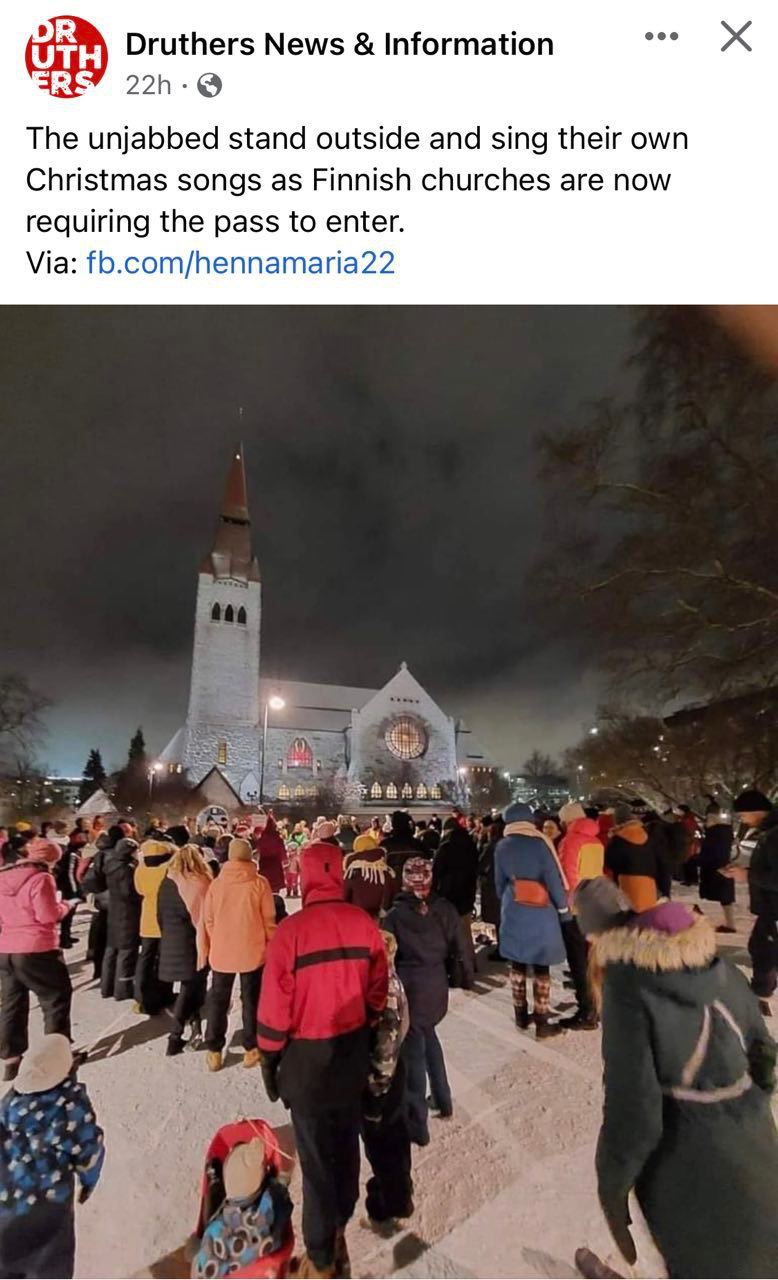 places, the Latin Mass is now completely forbidden. We are beginning to see the realization of this “now word” little by little. We must prepare ourselves for Masses to be said in hiding once again. In April, 2008, the French Saint Thérèse de Lisieux appeared in a dream to an American priest I know who sees the souls in purgatory each night. She was wearing a dress for her first Communion and led him toward the church. However, upon reaching the door, he was barred from entering. She turned to him and said:
places, the Latin Mass is now completely forbidden. We are beginning to see the realization of this “now word” little by little. We must prepare ourselves for Masses to be said in hiding once again. In April, 2008, the French Saint Thérèse de Lisieux appeared in a dream to an American priest I know who sees the souls in purgatory each night. She was wearing a dress for her first Communion and led him toward the church. However, upon reaching the door, he was barred from entering. She turned to him and said:
Just as my country [France], which was the eldest daughter of the Church, killed her priests and faithful, so will the persecution of the Church take place in your own country. In a short time, the clergy will go into exile and will be unable to enter the churches openly. They will minister to the faithful in clandestine places. The faithful will be deprived of the “kiss of Jesus” [Holy Communion]. The laity will bring Jesus to them in the absence of the priests.
Immediately, Fr. understood that she was referring to the French Revolution and the sudden persecution of the Church which burst out. He saw in his heart that priests will be forced into offering secret Masses in homes, barns, and remote areas. And then again, in January 2009, he audibly heard St. Thérèse repeat her message with more urgency:
In a short time, what took place in my native country, will take place in yours. The persecution of the Church is imminent. Prepare yourself.
Back then, I had not heard of the “Fourth Industrial Revolution”. But this is the term evoked now by world leaders and the architect of The Great Reset, Professor Klaus Schwab. The instruments of this revolution, he has openly said, are “COVID-19” and “climate change”.[6]cf. Isaiah’s Vision of Global Communism Brothers and sisters, mark my words: this revolution does not intend to leave a place for the Catholic Church, at least, not as you and I know it. In a prophetic speech in 2009, former Supreme Knight Carl A. Anderson said:
The lesson of the nineteenth century is that the power to impose structures that grant or take away authority of Church leaders at the discretion and will of government officials is nothing less than the power to intimidate and the power to destroy. —Supreme Knight Carl A. Anderson, rally at the Connectitcut State Capitol, March 11, 2009
Progress and science have given us the power to dominate the forces of nature, to manipulate the elements, to reproduce living things, almost to the point of manufacturing humans themselves. In this situation, praying to God appears outmoded, pointless, because we can build and create whatever we want. We don’t realise we are reliving the same experience as Babel. —POPE BENEDICT XVI, Pentecost Homily, May 27th, 2102
Hold fast to your faith. Remain in communion with the Vicar of Christ, even if you disagree with him.[7]cf. There is Only One Barque But don’t be a coward. Don’t sit on your hands. As laity, begin to organize yourselves to help your priest implement the true vision of Vatican II, which was never intended to be a breach of Sacred Tradition but a further development of it. Be the face of the Counter-Revolution that will restore truth, beauty, and goodness to the Church once again… even if it is in the next era.
Related Reading
Isaiah’s Vision of Global Communism
The Heart of the New Revolution
Listen on the following:
Follow Mark and the daily “signs of the times” on MeWe:
To journey with Mark in The Now Word,
click on the banner below to subscribe.
Your email will not be shared with anyone.
Footnotes
| ↑1 | I did attend a Tridentine rite wedding, but the priest didn’t seem to know what he was doing and the whole liturgy was scattered and odd. |
|---|---|
| ↑2 | ncronline.com |
| ↑3 | “From Ratzinger to Benedict”, First Things, February 2002 |
| ↑4 | Matt 10:16 |
| ↑5 | cf. Prophecy at Rome |
| ↑6 | cf. Isaiah’s Vision of Global Communism |
| ↑7 | cf. There is Only One Barque |


